Whether you’re running a small online store, an operation that could rival Amazon, or something in between, you’ll have to deal with the fact that only about three out of ten potential shoppers will buy something in your store.
That leaves you with seven people who picked a product or service, put it in their cart, but failed to finish the purchase for some reason. That’s the average shopping cart abandonment rate, according to the Baymard Institute—just short of 70%.
Luckily, even after they leave your website, you can still do a lot to turn those “almost” customers into real ones.
Here are six shopping cart abandonment solutions you can try right now.
- Email/SMS Reminder
- Retargeting Ads
- Technical Issues Resolved
- Guest Checkout
- Cart Visibility
- Free Shipping
- Conclusion
Email/SMS Reminder
Email and SMS reminders are some of the best ways to entice your site visitors to return to their cart. And, with more and more people shopping over their phones, there are even more opportunities to remind customers to finalize their purchase.
Both emails and SMS messages have been around for what seems a long time. Regardless of their age, they’re still some of the most powerful shopping cart recovery tools.
Just consider these numbers for emails:

Source: Moosend
As you can see, 45% of cart abandonment reminder emails are opened, 21% of those are clicked through, and about 10% are converted into sales.
When these numbers are translated into one, it turns out that reminder emails can result in around 5% cart recovery sales, which is plenty.
However, sending them together with, for example, a free shipping offer will raise that number to above 20%, according to Moosend. Of course, this process can be automated.
When drafting a cart abandonment email, there are several questions to think about, like:
- Does it have an eye-catching subject line?
- Does it have a clear call-to-action (CTA)?
- Does it show the products in the user’s cart?
- Does it make the purchase as easy as possible?
Naturally, some companies may ignore one or more of these elements according to their marketing, branding, and other preferences.
For example, Nomad sells electronic accessories, and if you left something in the cart, you’d get an email with the subject line “Nomad Gear is Selling Out Quick” followed by this:
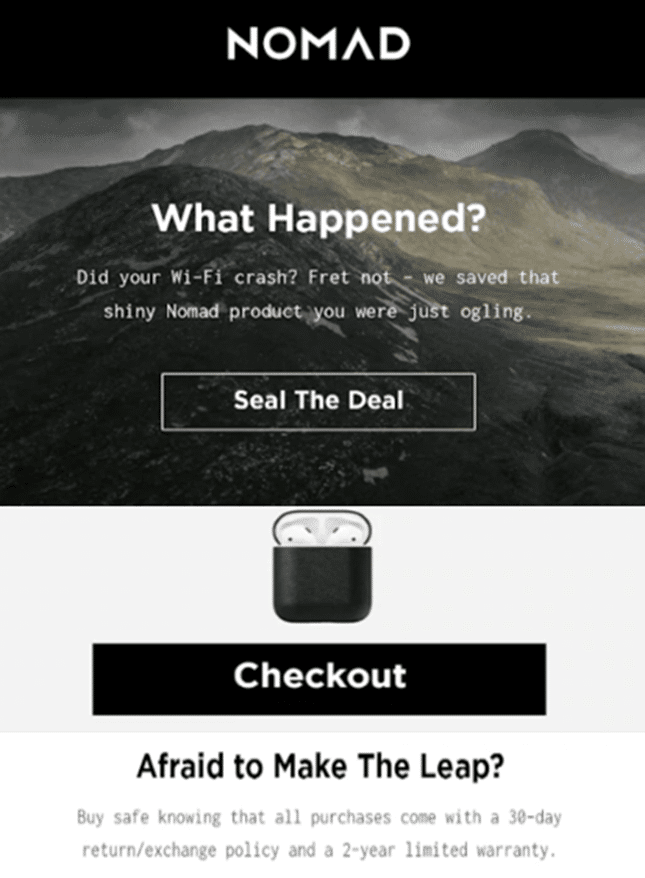
Source: nomadgoods
As you can see, a catchy subject line, a clear CTA, and an easy purchase option are all there. The product in question is not shown, but there is the additional assurance you can return or exchange it.
And SMS reminders can achieve even better results.
According to SaleCycle, SMS cart abandonment messages are opened 98% of the time, with a 36% click-through rate. And RetailBiz says that up to 20% of these SMS messages can be converted into sales. This makes them even more potent than emails.
Provided that you’ve captured the phone number of your cart abandoners, that is.
All in all, email/SMS reminders should be part of your shopping cart recovery strategy.
The simplicity of their use, automation, and personalization features make them ideal tools for converting your “lost” users into “found” customers.
Retargeting Ads
Google Ads says we should think of retargeting or remarketing ads as “the online way of converting regular window-shoppers into buyers.” We can say they do the same for cart abandoners.
When a user lands on your website and browses your offer but doesn’t buy anything, a remarketing ad can follow them around the web and show them the items they looked at in your store, thus growing brand awareness and increasing your store’s conversion rate.
Look at these numbers:
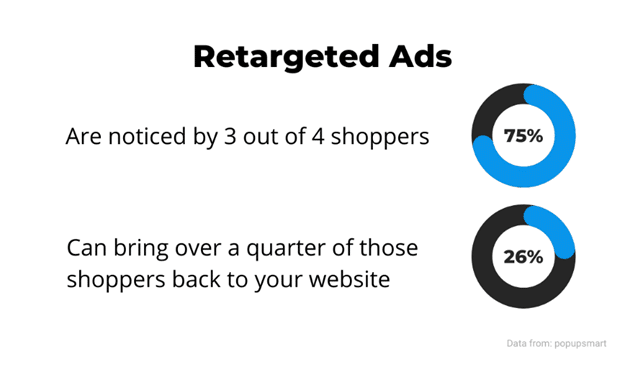
Source: Regpack
When combined with the fact that remarketing ads have a 10x higher click-through rate compared to regular non-targeted ads, it’s easy to see why they’re so popular.
And when remarketing is applied to those who abandoned their carts, these numbers can be even better.
Why? Because people who are already interested in your products are much more likely to click on an ad that serves as a reminder of what they left behind.
In other words, your brand already has traction with them.
So, whose retargeting ad services should you use?
Let’s start with the omnipresent one—Google.
If remarketing ads are used correctly, Google Ads can raise brand awareness and increase sales in your store.
When set to retarget cart abandoners, ads can remind them they forgot to check out or offer an extra perk like a discount or free shipping.
The next on our list is Facebook retargeting ads. We could say those ads are ideal for retargeting cart abandoners because they are predominantly visual, i.e., advertisers can use only 20% of ad space for text.
This makes them perfect for showcasing the products the visitors were interested in once more.
Here’s what they say about it.
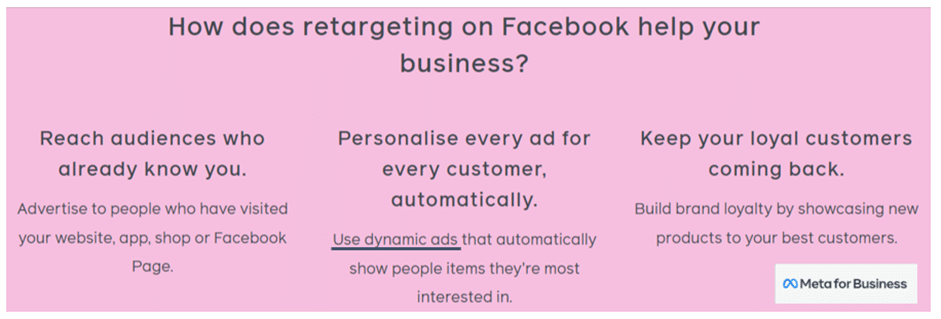
Source: Facebook
We highlighted the part about dynamic ads. Those ads are personalized based on what your site’s visitor was looking at. In this way, you can show them products they’ve abandoned, along with your other best-selling products or those that they might be interested in.
Of course, there are other retargeting ad providers like Microsoft Ads (formerly Bing Ads) and relatively new Amazon remarketing ads.
Whether you choose one or more of them, focusing your remarketing efforts on consumers who have abandoned their carts can help you get them back to complete their purchase.
It’s safe to say that those potential customers are the group that brings the highest return on your marketing investment.
Technical Issues Resolved
Let’s say you’ve decided to buy a product from a website you haven’t used before. With the items in your cart, you start to fill out the required info and, just as you’re nearing the end, something goes wrong and the website freezes.
Would this experience prompt you to repeat the checkout process or would you just leave?
The fact is that technical issues and bugs make customers feel unsafe, and, if they encounter them, they may not trust your website enough to leave their information there.
Still, some online marketplaces will retain their customers even when faced with such issues, like eBay.
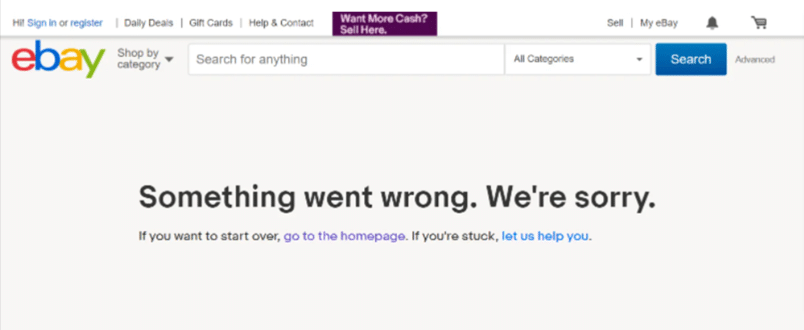
Source: eBay
However, if your online store is not among the big players with a unique offer, it’s more likely that customers will be put off by technical difficulties and abandon their cart for good.
And the numbers confirm this. For example, 55% of people will give up on their cart if they have to re-enter their information. Another 17% of them do so because they don’t trust the website.
So, make sure that your website’s performance is free of bugs and the site does not crash (at least not too often, as some crashes cannot be avoided).
Another thing to watch out for is your website’s load speed. Why? Because 57% of online shoppers abandon their carts if the load time exceeds three seconds.
Hence, optimizing your website’s load speed can be crucial for your sales.
This brings us to another thing you should optimize your site for, and that’s different devices. For example, a study by Google revealed that:

Source: Google
Thus, optimizing your website for desktops, smartphones or tablets can lead to higher conversion rates and reduce their respective bounce rates.
Another frustrating thing for shoppers is when the product is out-of-stock, but this isn’t clearly stated beforehand. In some cases, it can be even more frustrating for you.
For instance, if you’re selling training courses with a limited number of participants, you might end up with too many or too few attendees.
This is where our billing software, Regpack, can help. Its technology seamlessly integrates online registration and payments.
You can also set a date when your product will become available or expire, thus ensuring that your course is full and no disgruntled participants are left behind.
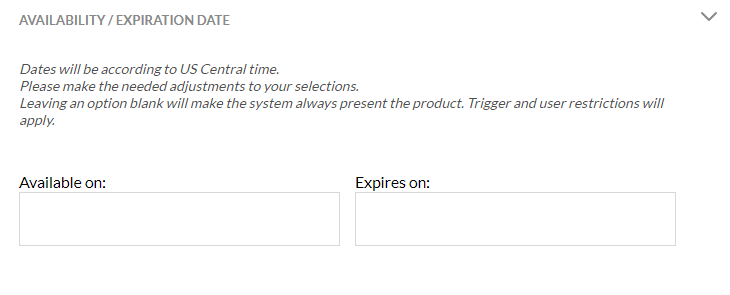
Source: Regpack
All in all, optimizing your site’s performance to avoid technical issues and your site’s load speed across all devices can surely cut down the number of abandoned carts in your store.
Guest Checkout
Although the checkout process is a great opportunity to collect information about your site users, it can inadvertently lead to more abandoned carts.
As though 70% is not enough. Conversely, offering a guest checkout option and integrating the sign-up process with popular services can help you avoid this.
It’s simple. Customers want to have the right to choose whether to register or not before placing an order.
According to the Baymard Institute, 24% of shoppers left their cart because they were forced to log in and give their email address.
The solution is to provide a guest checkout option. It will make the purchasing process much easier as the customer’s information is not stored but used only for their order.
And, if you’re using one of many e-commerce site builders, you can sometimes enable guest checkout with just one click.
Like in this example:
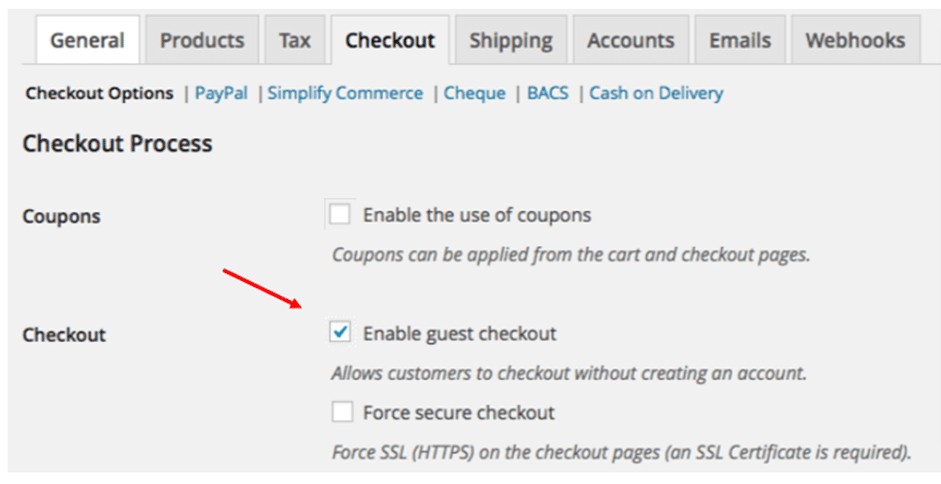
Source: WooCommerce
What’s more, although you’ll lose some user data in this way, your shoppers might come back in the future and even create an account, especially when prompted to do so by discounts or other incentives.
However, if your business has a lot of repeat customers, this option may be just complicating things for both you and your customers. In this case, you can create a two-step process where users are asked for their name and email before the checkout.
That way, you can remind them if they abandoned the cart in the second step of their checkout.
This method, along with the remarketing and site optimization we’ve already covered, is recommended by Neil Patel in this short video:
Source: YouTube
Another method for making sign-up easy without sacrificing data collection is integrating your registration process with popular services like Facebook, Gmail, or Apple.
Regpack also allows its users to leverage Google sign in for their registrations and payments, as showed here:
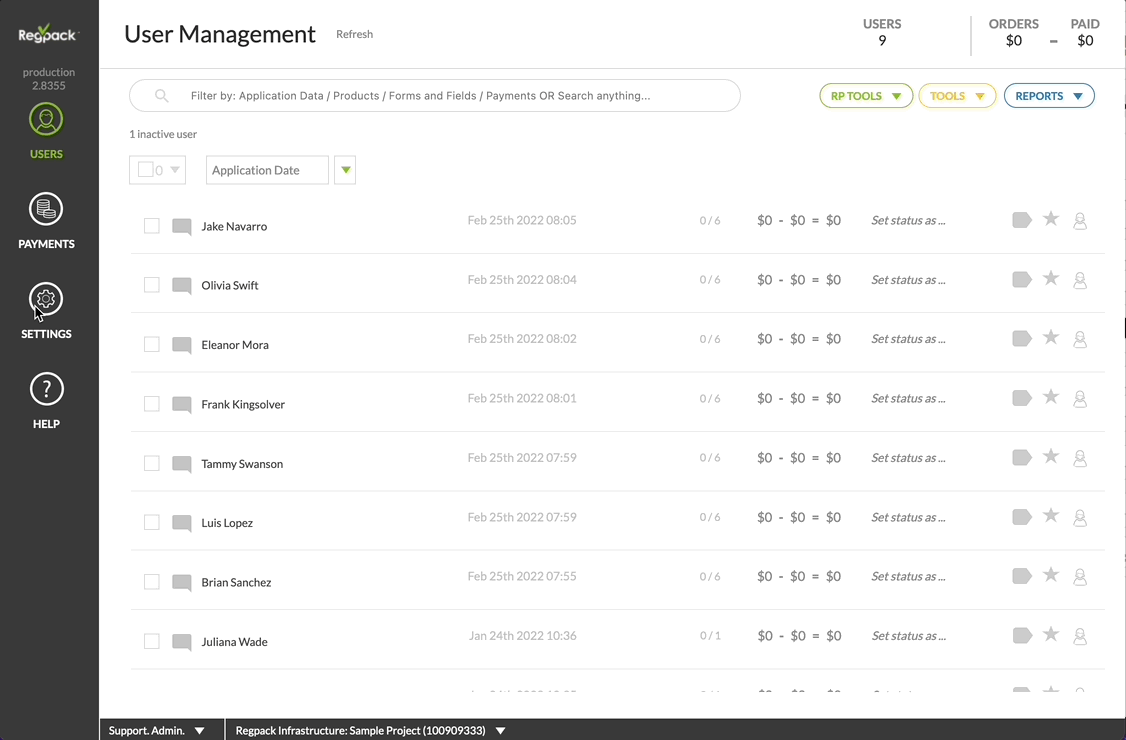
Considering the competitiveness in the e-commerce market, making registration optional or as easy as possible, or both, can lower the number of cart abandonments and boost your online sales.
Cart Visibility
Keeping the cart visible allows the customer to browse as much as they want and still see it as a reminder.
Thus, it’s an effective method of keeping customers informed about what they’ve added to their cart and the total price of items they added.
Coupled with simple forms to fill out and a checkout progress bar, it can curb the number of cart abandonments.
Cart visibility is an unwritten e-commerce rule. Online retailers have long been aware of how important it is to have the shopping cart visible at all times, even when it’s empty.
Another convention is to keep it in the top right corner, preferably in a blank header.
Here’s how Amazon does this:
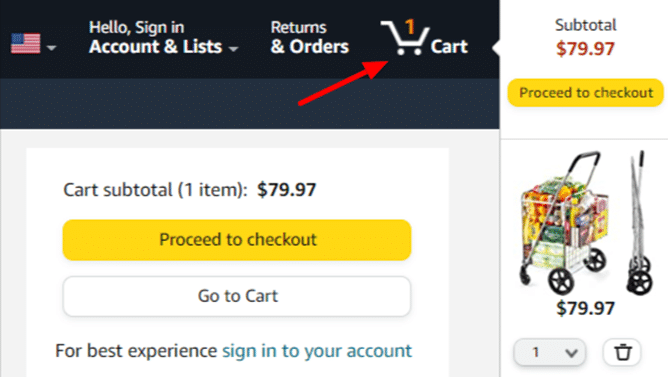
Source: Amazon
Not only is the cart icon in the top right corner, but it also shows the number of products in the cart, as well as their individual and total price. The site also notifies you in a simple way that the item has been added to the cart and that you can proceed to checkout at any time.
You can even save the products in your cart for later, i.e., when you return to the site.
Another good tip with the same concept and result is to have a progress indicator on your checkout pages.
Considering that customers don’t want to give too much information, deal with a complex checkout process or even create an account, making the process as straightforward as possible can also keep shoppers in your store.
Here are the percentages and reasons why shoppers abandoned their carts:

Source: invespcro
With that in mind, the progress bar should clearly indicate the customer’s status in the checkout process.
And the bar should present the entire checkout in no more than three or four steps. For example, Crate & Barrel structured theirs in three steps:

Source: Crate&Barrel
In conclusion, a visible cart, a simple checkout, and an even simpler progress indicator will improve your customers’ experience and keep them from abandoning their carts.
Free Shipping
Shipping costs are the reason why almost a half of shoppers abandon their carts. This makes shipping costs the single biggest reason for cart abandonment.
Providing free shipping or being upfront about the cost before your customers’ checkout can raise the conversion rate and your profits.
So, it’s evident that customers hate to pay for shipping. But what they hate even more are unexpected extra costs at the end of their checkout process.
We’ve all experienced this.
You add a product to your cart, and when you check the final price before concluding the transaction, you find that the price went up considerably, causing you to change your mind about your purchase.
Shipping costs are the biggest culprit in such cases (followed by taxes).
So, what can you do to prevent those customers from leaving their carts?
The first thing you can do is offer free shipping. As online stores know, that’s often the strongest selling point, they will emphasize it. For example:

Source: shippedprice
Naturally, this doesn’t mean that all shipping is actually free. Whatever the site you’re purchasing on, make sure to check their shipping terms.
There are usually some requirements and limitations that need to be met for free delivery. Like in our above example.

Source: shippedprice
So, although their selling point is “free shipping on everything”, everything refers to your order total exceeding $14.95 and your willingness to wait 4-6 business days for standard shipping.
As customers value honesty, it pays to be upfront about shipping (and taxes).
Of course, you can offer a deal of free shipping if the customer’s order is over a certain amount of money. Like this:

Source: Amazon
Another thing to be clear about as much as possible is delivery estimates. In a nutshell, it’s better to surprise your customers with an early delivery than to promise they can expect their package in 2-3 days, which then turns into 2-3 weeks.
In summary, it’s no secret that offering free shipping can do wonders.
But if that’s something you can’t deliver, being upfront about “free” shipping costs before your customers get to checkout is also a good way to build trust and can result in higher conversion rates and more repeat customers on your website.
Conclusion
Having covered these six shopping cart abandonment solutions, it’s evident they can help your business get a lot of those cart abandoners back.
We’ll close with a quote by Melinda Emerson, a small business expert also known as the SmallBizLady:
“A well-thought-out shopping cart recovery strategy will help bring your buyers back to your site to complete checkout and grow your revenues.”
We hope this article will help you to do just that.


















